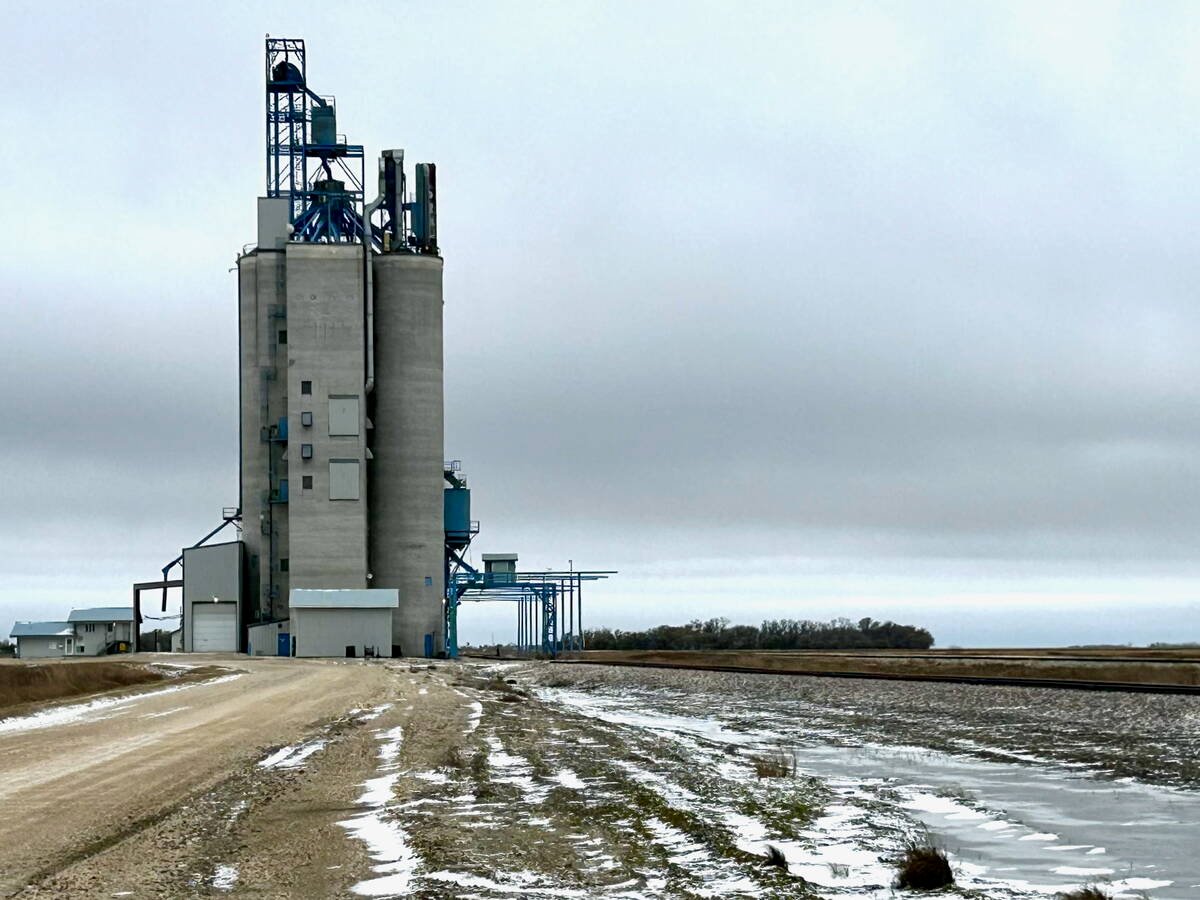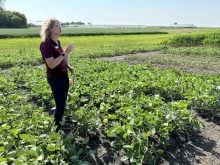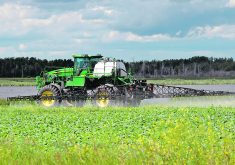The baking industry has heard plenty about the evils of gluten over the last few years. The last thing the sector needs is another controversy, which is why the Baking Association of Canada is keeping a close eye on glyphosate residue in bread and baked goods.
“We are concerned about anything that would deter consumers from eating wheat-based foods,” said Paul Hetherington, Baking Association president and chief executive officer.
“We’ve had enough challenges in the baking sector…. This type of attention (glyphosate residue) is something that builds on some of the negative perceptions that consumers have.”
Read Also

Manitoba grain elevator ownership expands
Carman-based Linear Grain buys Fannystelle elevator from Bunge, another three elevators sold to Morden’s BP & Sons Grain and Storage Inc.
Last month, three U.S. organic groups filed a lawsuit against General Mills over glyphosate residue in Nature Valley granola bars. The groups claim General Mills is misleading the public because the granola bar label says ‘made with 100 percent natural whole grain oats.’
They say the word ‘natural’ is misleading because the groups tested samples of Nature Valley granola bars and found that the snack contained trace amounts of glyphosate, the active ingredient in Roundup herbicide.
In the statement of claim, the groups said the source of glyphosate is “known only to General Mills and its suppliers”, but could be caused when farmers spray glyphosate on oats before harvest.
Applying glyphosate to crops prior to harvest is a common practice in Western Canada. Many farmers rely on desiccants to dry a standing crop for harvest, rather than letting it dry in a swath.
However, glyphosate has become more controversial since March 2015, when a division of the World Health Organization said the herbicide is “probably carcinogenic to humans.” Other agencies, such as the European Food Safety Authority and Health Canada, have concluded that glyphosate is not a carcinogen.
Toxicologists and most scientists say that trace amounts of glyphosate in bread or pastries present no threat to human health, but perception may trump science in the age of Facebook.
The baking association, which has members like Canada Bread and Weston Bakeries, is a science-based organization, but the group is also sensitive to public opinion.
“When consumers learn (glyphosate is) being applied a couple of weeks before harvest, it raises questions,” Hetherington said.
“Why are you putting that product on the crop? (Producers) are going to have to be prepared to explain those practices… and articulate why you do things the way you do. And what the benefit is, of doing it that way…. If you don’t, you allow others to drive the messaging,” he said.
Cam Dahl, Cereals Canada president, said the grain industry and agriculture sector are sharing information about agriculture practices and the benefits to society, including the use of glyphosate.
“There are some really good stories to tell, as the result of modern agricultural practices. And of course glyphosate is part of that. (But) it’s a bigger story than just one product…. Yes. This is something the industry is engaged in.”
In 2015, the Canadian Food Inspection Agency began testing food products for glyphosate residue. The Food and Drug Administration in the U.S. launched a similar program earlier this year.
Hetherington said the baking association is “looking forward” to the results.
The CFIA plans to report on glyphosate residue next spring.
















